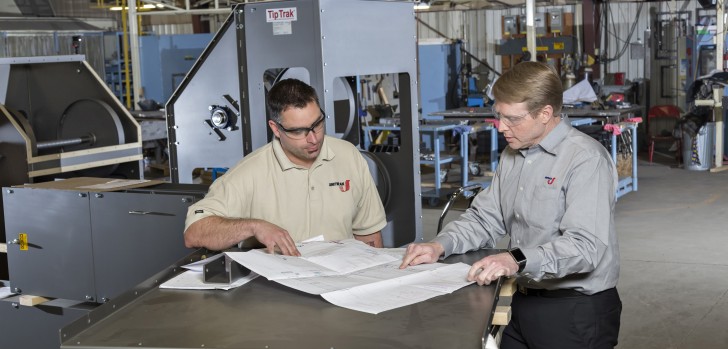Hot Melt Squares
Hot melt squares represent a specialized category of materials crucial in various industries, ranging from adhesives to pharmaceuticals. Their unique properties require precise handling during conveying processes to ensure efficiency and safety. This article delves into the intricacies of hot melt squares, their common uses, key characteristics, challenges encountered in bulk material conveying, and the ideal UniTrak equipment tailored for their transportation needs.
At a Glance
Hot melt squares, also known as hot melt adhesive pellets or blocks, are solid adhesive materials that melt at elevated temperatures, becoming highly viscous liquids suitable for bonding applications. Composed of synthetic polymers and additives, these materials offer rapid setting times and strong adhesion properties upon solidification. Their versatility makes them indispensable across various industries, including packaging, woodworking, automotive, and textiles.
Hot melt squares exhibit several key characteristics crucial for material handling:
- Viscosity: These materials transition from solid to liquid states within a narrow temperature range, necessitating precise temperature control during handling.
- Adhesion Strength: Upon solidification, hot melt adhesives form strong bonds with various substrates, ensuring reliable product assembly and packaging.
- Thermal Sensitivity: Exposure to high temperatures can cause premature melting, leading to equipment clogging and production downtime.
- Hygroscopicity: Some hot melt formulations absorb moisture from the environment, affecting their flow properties and adhesive performance.

Common Uses
Hot melt squares find widespread application in:
- Packaging: Sealing cartons, bonding labels, and assembling display units.
- Product Assembly: Bonding components in automotive, electronics, and furniture manufacturing.
- Bookbinding and Printing: Spine gluing, case making, and magazine binding.
- Hygiene Products: Attaching elastic strands in diapers and sanitary napkins.

Challenges in Conveying
Bulk material conveying of hot melt squares presents several challenges, including:
- Temperature Control: Maintaining consistent temperatures throughout the conveying process to prevent material degradation and equipment fouling.
- Segregation: Preventing segregation of hot melt squares based on particle size or density differences during transportation.
- Abrasion and Degradation: Minimizing abrasive wear and degradation of conveying equipment caused by the abrasive nature of some hot melt formulations.
- Contamination: Ensuring hygienic handling to prevent contamination of food, pharmaceutical, and hygiene products during conveying.
Equipment Options
UniTrak offers a range of specialized equipment tailored for handling hot melt squares:
- TipTrak Bucket Elevators: Ideal for vertically conveying hot melt squares with gentle handling and precise discharge control.
- UniFlex Flexible Screw Conveyors: Suitable for horizontal or inclined conveying of hot melt adhesives with customizable auger designs for varying flow properties.
- Powderflight Aeromechanical Conveyors: Perfect for conveying fragile or abrasive hot melt squares with minimal degradation and dust emission.
- Bulk Bag Loader/Unloader Systems: Efficiently transfer bulk quantities of hot melt adhesives between storage vessels and processing equipment while minimizing spillage and contamination risks.
In conclusion, the handling of hot melt squares demands specialized equipment capable of overcoming unique challenges associated with temperature sensitivity, adhesion strength, and hygroscopicity. UniTrak's deep expertise in customized bulk material handling solutions and experience managing diverse materials positions them as the preferred partner for optimizing hot melt adhesive conveying processes. With UniTrak's innovative equipment, industries can enhance productivity, minimize downtime, and ensure the integrity of their products throughout the manufacturing chain.
